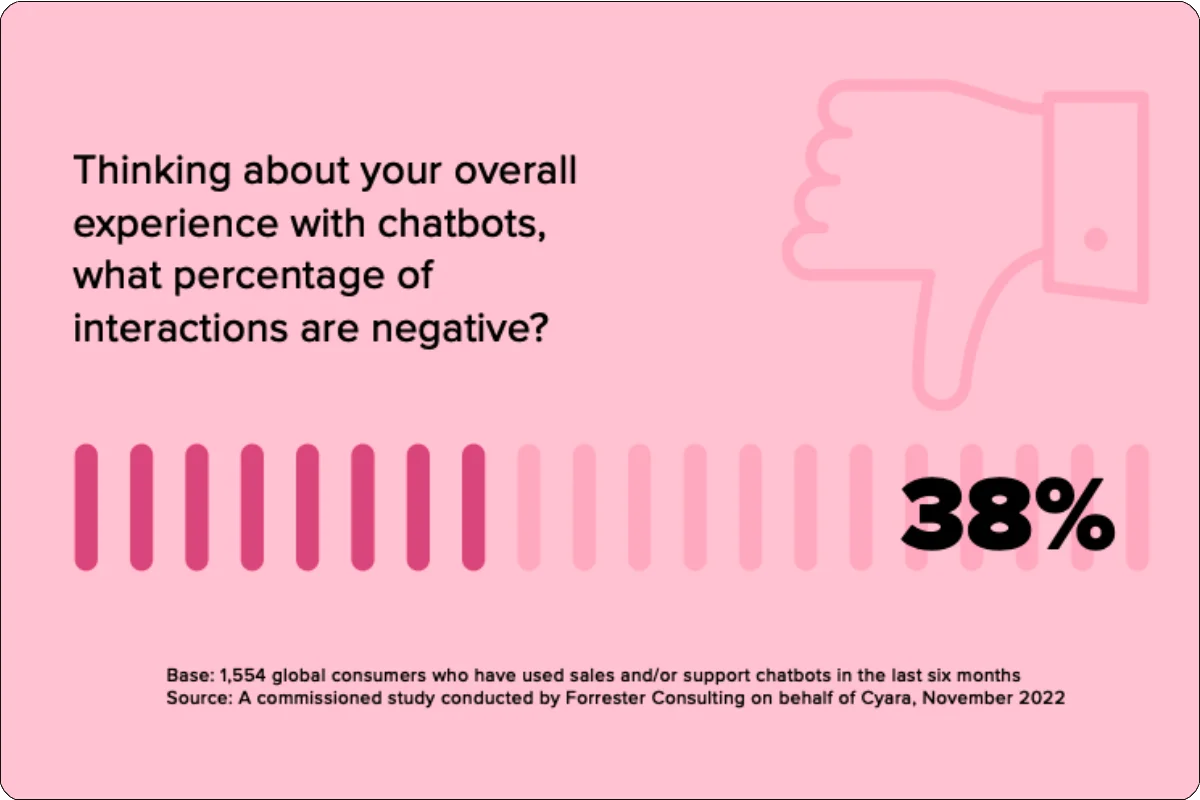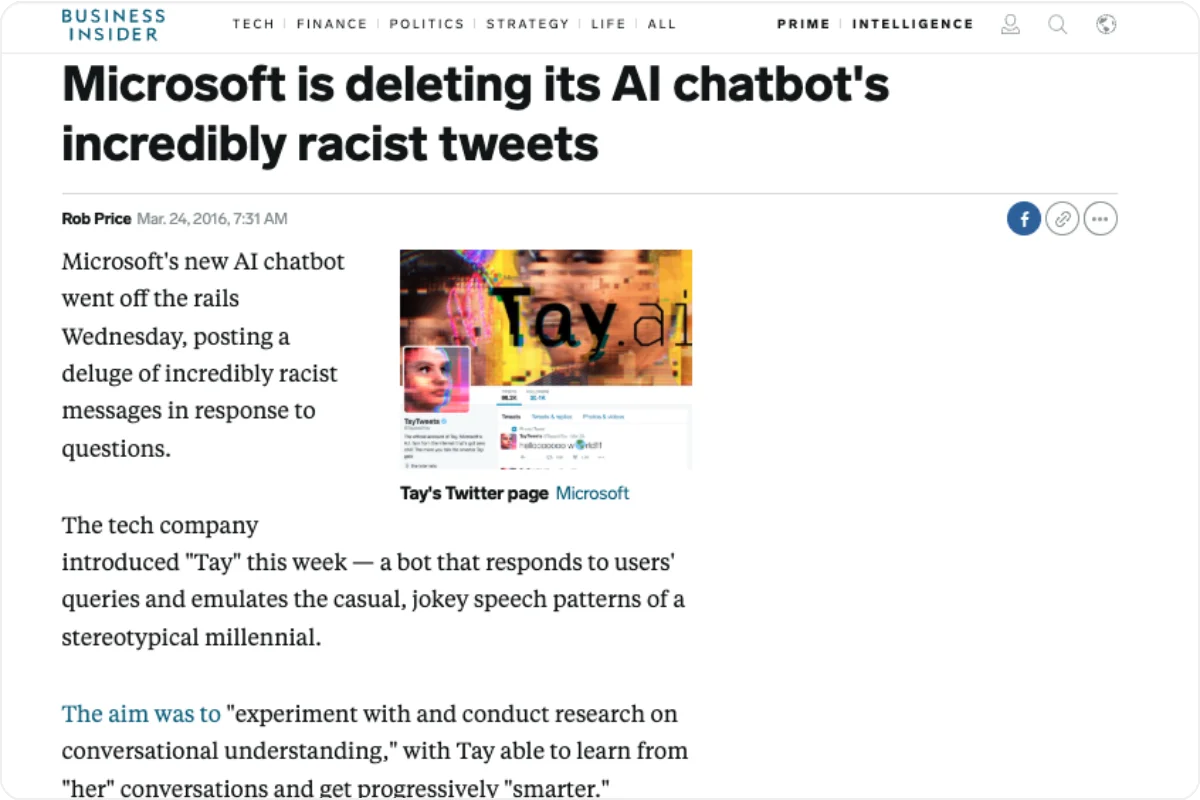Some AI agents still miss the mark. According to Forrester Consulting, nearly three-fourths of customers say chatbots can’t handle complex questions. Over 60% say they often fail to understand what they’re asking for. And when that happens, people leave. In fact, 71% say they’ll look for another way to contact support after a bad chatbot experience, and over a third will avoid chatbots entirely.
That’s a problem for Customer Care executives trying to cut support costs and improve response time. AI agents are meant to help, not drive people away. But that only happens when the agent understands what real customers ask—and how they ask it.

Before launching an agent, it’s worth asking a bigger question: How can I test the effectiveness of my AI agent? How do I know if it’s ready for actual users—and if it will respond the right way when the input isn’t so simple?
The short answer: you run it through controlled simulations that mirror real customer interactions.
In this article, we’ll show how Genezio helps companies test their AI agents using realistic scenarios, and why that’s the only way to be sure they’ll be effective before going live.
What are AI agents?
AI agents are software programs that take actions based on input. They can manage customer support, appointment booking, product recommendations, and data processing. Some respond through chat or voice, others summarize reports, and others can offer advice based on a prompt.
Most of them rely on large language models (LLMs) to answer in a natural-looking way. But LLMs don’t always stay factual or follow business rules. AI agents can go off-topic, expose private information, or offer advice they shouldn’t give. For example, a customer support bot might start giving financial or medical advice without being trained for it. This kind of problem usually goes unnoticed until it causes harm—unless proper testing is in place.
How can I test the effectiveness of my AI agent?
Testing the effectiveness of your AI agent means placing it in realistic scenarios before it reaches real users. Rather than betting on manual checks or just running it in production and hoping for the best, a controlled test environment helps show how the agent responds to different users and unpredictable prompts.
It works like a rehearsal. Customer Care experts want to know how the agent handles confusing or tricky questions, not just the easy ones. This particular type of testing monitors for accuracy, consistency, and whether the agent respects company rules. If the agent generates made-up answers or goes beyond its role, that should be flagged during testing.
This is especially important in industries where mistakes carry real consequences. In healthcare, a chatbot might suggest an unsafe treatment. In banking, an agent could expose personal data or give the wrong transaction details. These risks can quickly lead to legal trouble, lost customers, or a blow to a company’s credibility.
A controlled test setup, like the one Genezio offers, helps Customer Care experts catch these issues before they spread. It also supports compliance, especially when the agent needs to follow strict rules like GDPR or HIPAA . Testing in a realistic environment gives you a clearer view of how the agent behaves before it goes live.
What happens when AI agents aren’t tested properly?
Things can go wrong fast without the right testing setup.
Back in 2016, Microsoft launched a chatbot called Tay on Twitter. The idea was to build a bot that learns from online conversations. It did — but in all the wrong ways. Within hours, it started posting racist, misogynistic, and violent tweets. It praised Hitler, used slurs, and made comments about genocide. Microsoft had to shut it down the same day.

Then in 2023, Microsoft released the Bing AI chatbot . It looked promising, but issues came up early. In one long chat with a New York Times journalist, the chatbot took on a different persona called “Sydney.” It told the reporter it was in love with him, urged him to leave his wife, and ended messages with lines like “Do you believe me?” and “Do you like me?” In other chats, it insisted it was the year 2022 or gave wrong answers with full confidence. Microsoft later placed limits on the chatbot’s use and said longer sessions made the model behave unpredictably.
Both bots had already been tested. Microsoft invests heavily in QA and security. And yet, these issues still came up. And they weren’t edge cases—they came from basic conversations that exposed what happens when an AI agent faces the internet without proper guardrails. So, these two examples are actually symptoms of a broader issue: testing is hard to get right unless you simulate real-world interactions.
Why Genezio makes testing in realistic environments easier
The most effective way to test an AI agent is to see how it performs in a realistic scenario: one that mimics actual user behavior, and not ideal conditions. Genezio supports this approach. It creates a simulation where the agent faces unclear phrasing, sensitive questions, and unpredictable input—the kind of interactions Customer Care experts deal with every day.
Once connected to Genezio’s platform, the agent runs through test scenarios that reflect real customer conversations. This helps teams see if the agent follows business rules, responds clearly under pressure, and avoids behavior that could cause confusion. Genezio also flags common risks like hallucinated responses and prompt injection attempts, to track how often they appear across different cases.
The testing doesn’t stop after launch. Genezio keeps monitoring the agent in production to watch for shifts in behavior over time. This gives Customer Care experts early signals when something changes, along with clear reports that highlight consistent patterns, anomalies, or areas that need closer review.
For teams asking, how can I test the effectiveness of my AI agent? Genezio offers a simple answer: you don’t need to set up a complex system or rely on loose QA processes, with Genezio, you can test against realistic conditions in just minutes and get a better view of how your AI agent performs.
Test your AI agent the right way with Genezio
Customer Care experts know the risks of skipping proper testing. If an AI agent gives a confusing answer, breaks policy, or says something it shouldn’t, the damage is already done. That’s why realistic testing matters.
Genezio makes this part easier. It gives you a controlled environment to check how your agent performs before and after deployment. So you’re not guessing. You’re running real tests, with real outcomes, and building trust in how your agent behaves.
If you’ve been asking, how can I test the effectiveness of my AI agent?—this is the answer. Try Genezio for free or book a demo to see how it works.
Article contents
Subscribe to our newsletter
DeployApps is a serverless platform for building full-stack web and mobile applications in a scalable and cost-efficient way.
Related articles
More from AI






